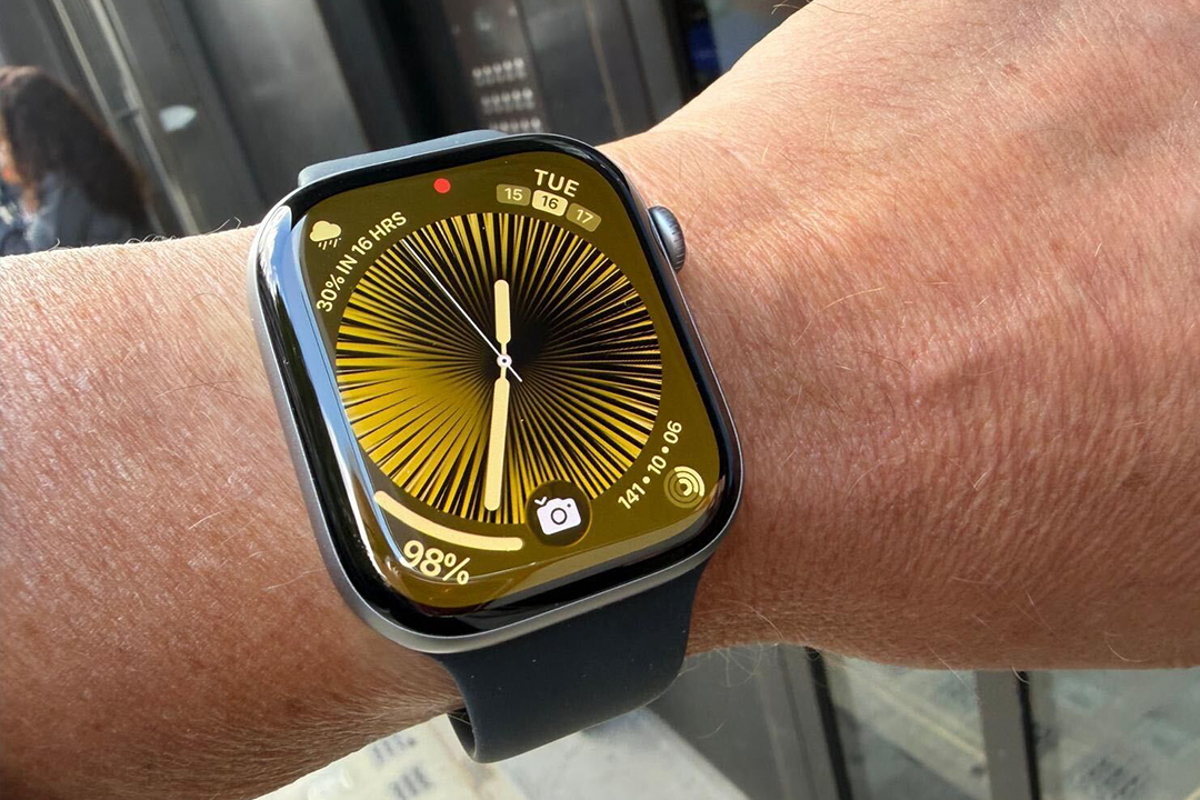By David Phelan
Copyright independent

Most years, Apple introduces either one or two new smartwatches. But this year, there are three, something that last happened in 2022. The first is the Series 11, the mainstay of the range, following on from 2024’s Series 10, which has had annual updates since 2015. The Apple Watch Ultra 3 is the ruggedised, chunkier model. There was no new Ultra last year, merely an updated colour option. And the Apple Watch SE3 is the third budget watch, following the second-gen model from three years ago.
What’s interesting is that all three have the very latest processor inside, called the S10, which means that some of the latest features for the pricier models, such as sleep score, are also in the affordable SE 3. And all three can detect sleep apnoea signals and notify you if they spot anything untoward. The SE3 is likely to be in the range for two or three years, so putting the latest processor in it gives it greater longevity.
There are design changes across every model: the Ultra 3 has a bigger screen than the Ultra 2, Series 11 has a tougher cover glass (also on SE 3) and a new colour, while SE 3 has a crowd-pleasing feature that no other SE has had: an always-on display.
Every new Apple Watch is available in two versions, one with GPS connectivity, the other with both GPS and cellular, so you can track your runs on all of them, but call a friend for a lift home on the cellular model – though you’ll need to set up a contract with your phone provider for this. All cellular models now have 5G connectivity for the first time, even the SE3.
The Series 11 and SE 3 have two case size options: 42mm and 46mm for Series 11, 40mm and 44mm for SE3. Ultra 3 comes in one size: 49mm. I’ve been putting the watches through their paces since they were announced last week, and for most people, the Series 11 is the best out of the three, but the Ultra 3 does provide some nice features for adventurers and extreme sports enthusiasts.
How I tested
I’ve tested every single part of the new Apple Watch Series 11, Apple Watch Ultra 3 and Apple Watch SE3 in the week or so that I’ve been using them. From set-up and design to features and battery life, here’s exactly what I’ve looked at while testing:
Set-up: I noted whether it was tricky to connect the Watches to my iPhone, and whether it was easy to upgrade from a previous model. For instance, did all my previous apps transfer? Display: I looked at the brightness of the display and the ease of viewing, and made a note of how the Watches’ display’s compared. Features: I tested the set-up of the new hypertension feature coming to Series 11 and Ultra 3 and the sleep score on all the new models. Battery: Apple has made claims about increased battery life – did these stand up to testing? To test this, I looked at how much juice was in the tank at the end of the day.
Why you can trust IndyBest reviews
David Phelan is The Independent’s technology critic, and has worked for the title since 1997. Having interviewed major players in the industry, David also has decades of experience bringing our readers insightful, honest reviews of best and latest tech. Above all, he’s an expert in Apple products. Not only has he tested every iPhone since the smartphone first launched, but he’s also tested every Apple Watch and AirPods right up to the latest releases.
Apple Watch Series 11, Apple Watch Ultra 3 and Apple Watch SE3 review: Features
The new sleep score is a clever way to see how well you’re sleeping, and is on all three new Watches (it is also available on models dating back to Series 9 and the first and second Ultra models).
It means that in the morning the Watch will show a simple, colourful circle made up of three sections: duration, time you went to bed and interruptions. It works with other apps like Vitals to help you assess your waking health from your slumbering hours. All models have sleep tracking.
They also all now have an always-on display, though the displays on the Ultra 3 and Series 11 use a newer technology. All have fall detection, which can spot if you’ve taken a hard fall, and crash detection which knows if you’ve been in a car crash, for instance. In both cases, it can call a friend or emergency services (via your iPhone or directly on cellular models).
Series 11 and SE 3 both have aluminium case options and they now come with an improved front crystal that’s tougher and more crack-resistant than before.
New or newish gestures are available on all models: the brand new wrist flick dismisses unwanted notifications while double-tapping your index finger to your thumb can answer a call, for instance. And all are capable of fast charging – handy if you want to use your Watch to track your sleep and then for the day ahead.
Apple Watch Series 11 and Apple Watch Ultra 3 review: Hypertension
One of the biggest innovations, also found on Series 11, is hypertension notifications, which works in a similar way to the unexpectedly high or low heart rate measurements found on all three new Watches and some earlier models.
After studying data over a 30-day period, the feature can notify you if it sees any sign of high blood pressure. It doesn’t at any point give you a blood pressure reading but uses readings from the optical heart rate sensor and notifies you if it spots what it thinks is a hypertension pattern. It will also be available on Apple Watch Series 9, Series 10 and Ultra 2. The feature has just gained clearance from the FDA and is expected to be available in the coming days or weeks, so I haven’t been able to test it. It’s an intriguing new feature, though.



